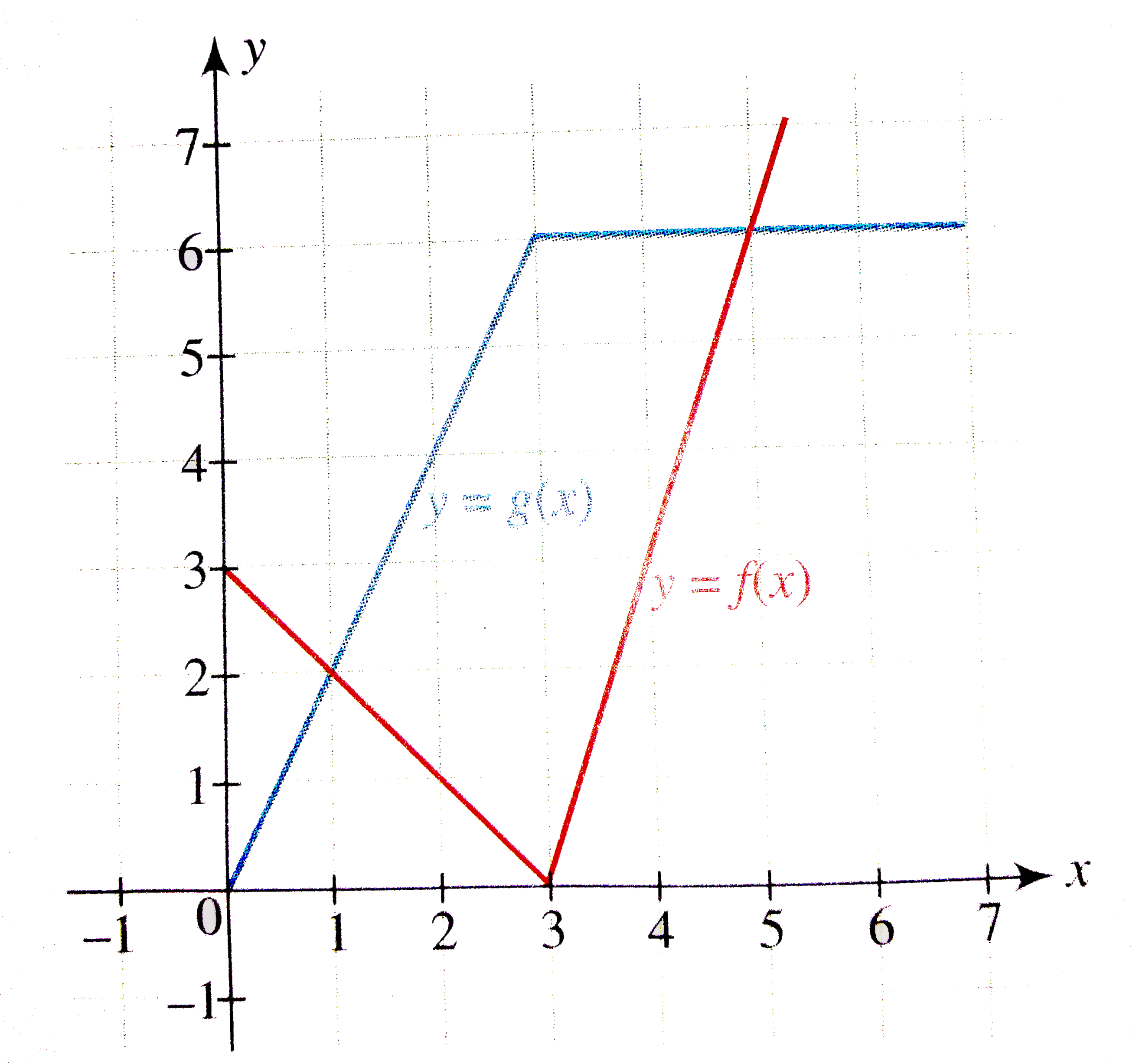f(x) ,g(x), h(x) all are continuos and differentiable functions in [a,b] also a<c<b and f(a)= g(a)=h(a). Point of intersection of the tangent at x=c with chord joining x=a and x=b is on the left of c in y= f(x) and on the right in y=h(x). And tangent at x=c is parallel to the chord in case of y=g(x). Now answer the following questions.
If f'(x)>g'(x)>h'(x), then
f(b)<g(b)<h(b)
f(b)>g(b)>h(b)
f(b)≤g(b)≤h(b)
f(b)≥g(b)≥h(b)
The correct Answer is:B
Topper's Solved these Questions
- MONOTONICITY MAXIMA AND MINIMABOOK - ARIHANT MATHSCHAPTER - MONOTONICITY MAXIMA AND MINIMAEXERCISE - Exercise (Single Integer Answer Type Questions)
11 Videos
- MONOTONICITY MAXIMA AND MINIMABOOK - ARIHANT MATHSCHAPTER - MONOTONICITY MAXIMA AND MINIMAEXERCISE - Exercise (Questions Asked In Previous 13 Years Exam)
31 Videos
- MONOTONICITY MAXIMA AND MINIMABOOK - ARIHANT MATHSCHAPTER - MONOTONICITY MAXIMA AND MINIMAEXERCISE - Exercise (Statement I And Ii Type Questions)
9 Videos
- MATRICES BOOK - ARIHANT MATHSCHAPTER - MATRICES EXERCISE - Exercise (Questions Asked In Previous 13 Years Exam)
49 Videos
- PAIR OF STRAIGHT LINES BOOK - ARIHANT MATHSCHAPTER - PAIR OF STRAIGHT LINES EXERCISE - Exercise (Questions Asked In Previous 13 Years Exam)
2 Videos
Similar Questions
f(x),g(x)andh(x) are all continuous and differentiable functions in [a,b]. Also a<c<b and f(a)=g(a)=h(a). Point of intersection of the tangent at x=c with chord joining x=a and x=b is on the left of c in y=f(x) and on the right in y=h(x). And tangent at x=c is parallel to the chord in case of y=g(x). Now answer the following questions.
If c=a+b2 for each b, then:
View SolutionLet y=f(x),y=g(x),y=h(x) be three invertible functions defined from R→R Then y=f(x)+g(x)+h(x) is
View Solution
Knowledge Check
f(x) ,g(x), h(x) all are continuos and differentiable functions in [a,b] also a<c<b and f(a)= g(a)=h(a). Point of intersection of the tangent at x=c with chord joining x=a and x=b is on the left of c in y= f(x) and on the right in y=h(x). And tangent at x=c is parallel to the chord in case of y=g(x). Now answer the following questions.
If f(b)=g(b)=h(b), thenAf'(c)=g'(c)=h'(c)Bf'(c)>g'(c)>h'(c)Cf'(c)<g'(c)<h'(c)DNone of thesef(x) ,g(x), h(x) all are continuos and differentiable functions in [a,b] also a<c<b and f(a)= g(a)=h(a). Point of intersection of the tangent at x=c with chord joining x=a and x=b is on the left of c in y= f(x) and on the right in y=h(x). And tangent at x=c is parallel to the chord in case of y=g(x). Now answer the following questions.
If c=a+b2 for each b, thenAg(x)=Ax2+Bx+cBg(x)=logxCg(x)=sinxDg(x)=exIf f(x) is a twice differentiable function such that f''(x)=−f,f'(x)=g(x),h(x)=f2(x)+g2(x)andh(10)=10 , then h (5) is equal to
A5B15C10D17
Graph of y=f(x)andy=g(x) is given in the following figure. If h(x)=f(g(x)), then find the value of h'(2).

View SolutionGraph of y=f(x)andy=g(x) is given in the following figure. If h(x)=f(g(x)), then find the value of h'(2).

View SolutionLet f,g, h be 3 functions such that f(x)>0 and g(x)>0,∀x∈R where ∫f(x)⋅g(x)dx=x44+C and ∫f(x)g(x)dx=∫g(x)h(x)dx=ln|x|+C. On the basis of above information answer the following questions: ∫f(x)⋅g(x)⋅h(x)dx is equal to
View SolutionThe first and second order derivatives of a function f(x) exit at all point in (a,b) with f'( c) =0 , where a<c<b , of c and f'(x)>0 for all points on the immediate right of c, and f'(x)<0 for all points on the immediate left of c then at x=c , , f(x) has a
View SolutionIf f(x) is a twice differentiable function such that f''(x)=−f(x),f'(x)=g(x),h(x)=f2(x)+g2(x)andh(10)=10 , then h (5) is equal to
View Solution
